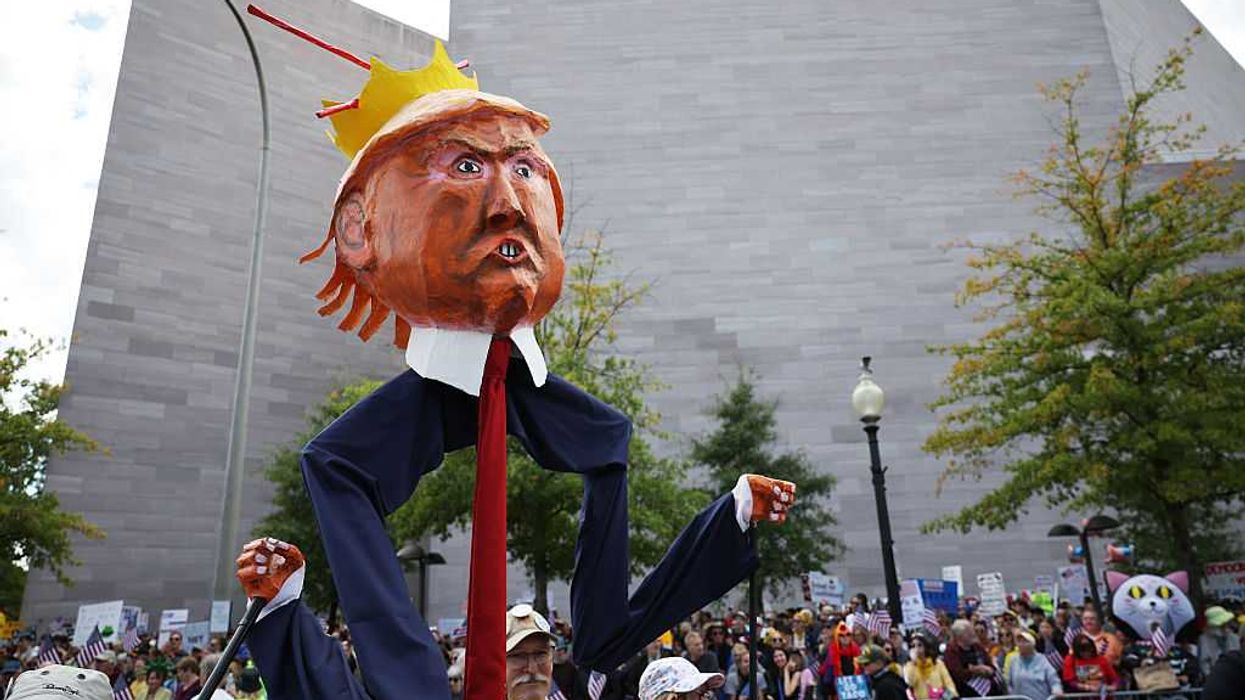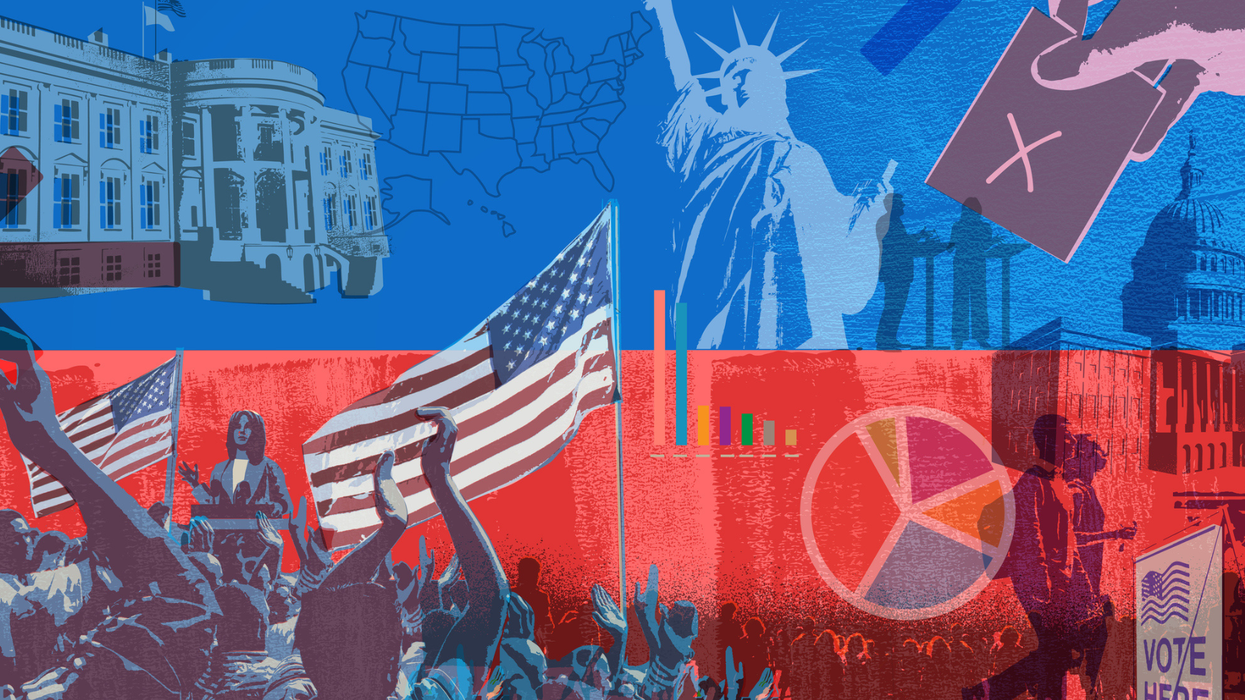Forty years ago today, C-SPAN first aired live and unfiltered coverage of Congress — broadcasts that engaged citizens now rely on as a bedrock of open American democracy.
Gavel-to-gavel coverage of the House began March 19, 1979, with a one-minute speech by a 30-year-old Democrat named Al Gore, who would later be elected senator in time to give the first speech when the Senate allowed coverage of its flor proceedings to begin in 1986.
Here are five factoids to drop at any celebration marking C-SPAN's anniversary:
- The same six cameras in the House, and six more in the Senate, have always been used to capture the proceedings. Congressional employees control the cameras and audio from inside the chambers. C-SPAN broadcasts the raw feeds while adding its own graphics.
- The network created the first regularly scheduled national TV call-in program in 1980. The first caller hailed from Yankton, S.D.
- Nearly 250,000 hours of archived video is available for visitors to stream online. The archives go back to 1987, when the organization began digitizing its broadcasts. Earlier recordings are stored in-house on VHS cassettes.
- In its first year, the network reached 10 million TV households. Today it's 90 million homes, roughly three out of every four with a TV.
- The acronym stands for Cable-Satellite Pubic Affairs Network.


















